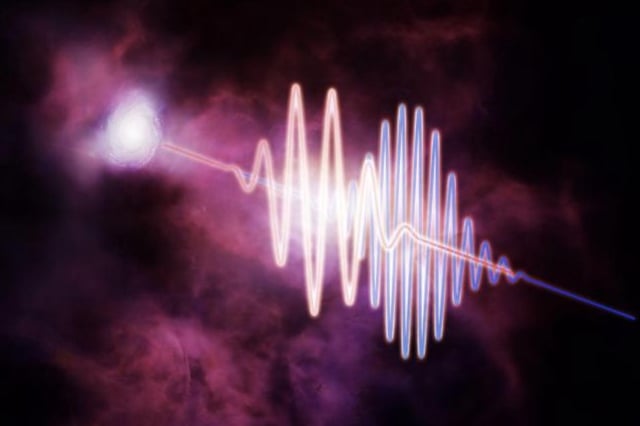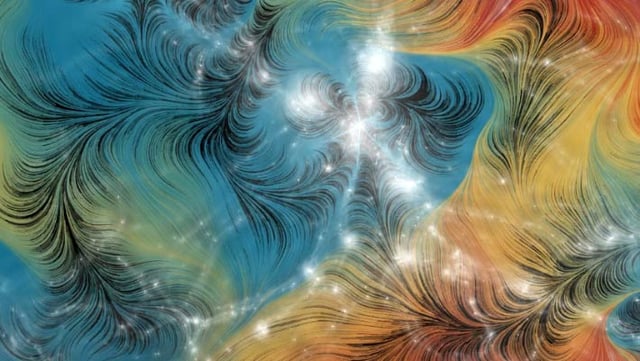Overview
- The study published in Nature Astronomy analyzed 60 to 69 FRBs recorded by the Deep Synoptic Array-110 at Caltech’s Owens Valley Radio Observatory, spanning distances from 11.7 million to 9.1 billion light years.
- Dispersion measures from the FRBs reveal that roughly 76% of the universe’s baryonic matter exists as thin, hot gas filling intergalactic space.
- About 15% of ordinary matter resides in the diffuse halos surrounding galaxies, while the remaining fraction is contained within stars or cold galactic gas.
- These direct measurements provide the first empirical confirmation of advanced cosmological simulations predicting the partitioning of baryonic matter.
- Evidence indicates that outflows driven by supermassive black holes coupled with supernova winds act as a cosmic thermostat, ejecting gas into the intergalactic medium and shaping galaxy evolution.


